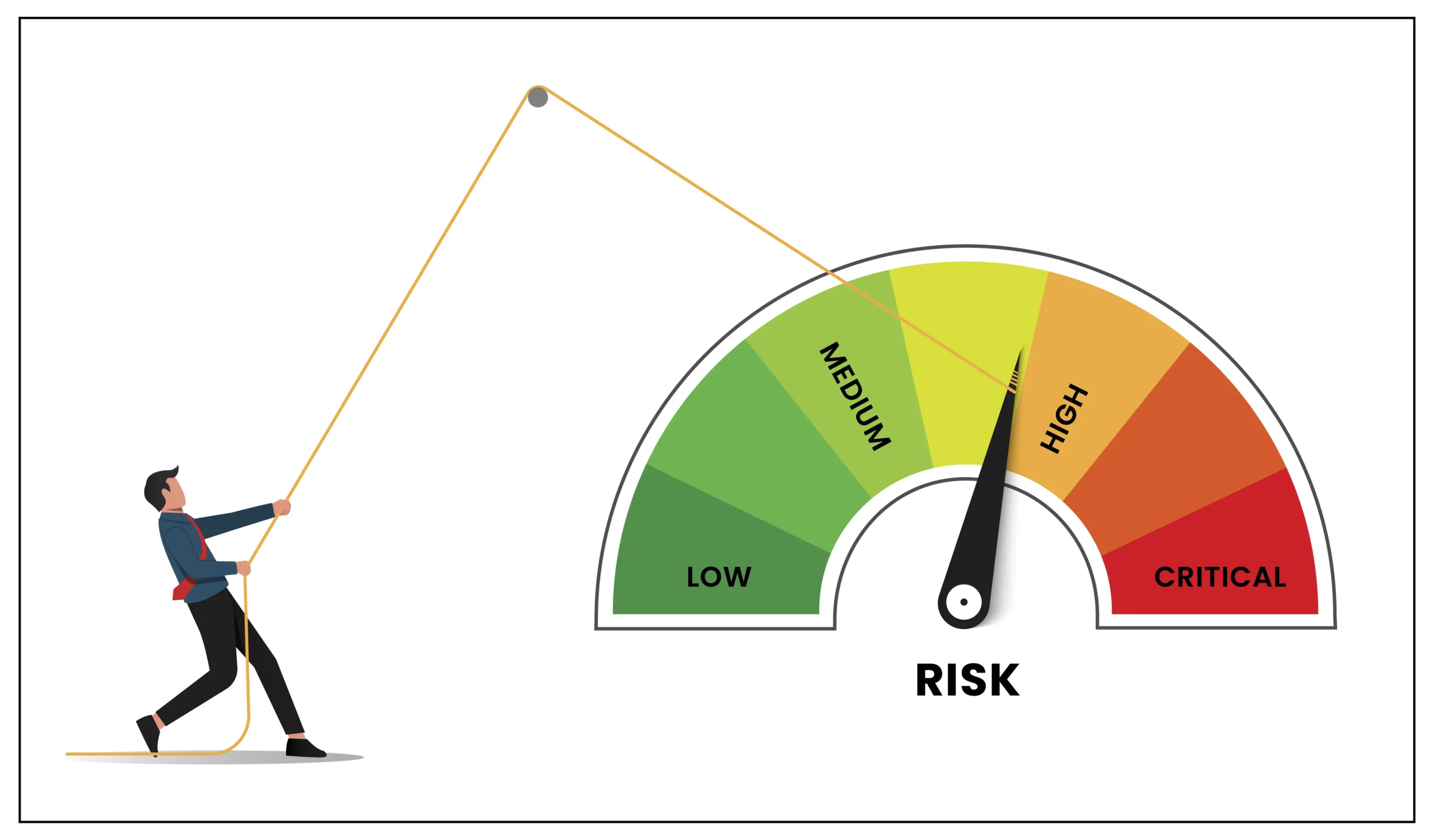In today’s complex and fast-paced business environment, organizations face numerous risks that can impact their operations, financial stability, and reputation. To proactively manage these risks, companies rely on Key Risk Indicators (KRIs)—critical metrics that provide early warning signals of potential threats.
KRIs help businesses monitor risk exposure, enhance decision-making, and implement mitigation strategies before issues escalate. This article explores the concept of KRIs, their importance, how they differ from Key Performance Indicators (KPIs), best practices for implementation, and real-world examples.
What Are Key Risk Indicators (KRIs)?
Key Risk Indicators (KRIs) are measurable metrics used to identify and monitor potential risks that could negatively impact an organization. They serve as an early warning system, allowing businesses to take corrective actions before risks materialize into significant problems.
Characteristics of Effective KRIs
-
Predictive – They provide foresight into emerging risks.
-
Quantifiable – They are based on measurable data.
-
Actionable – They enable management to take preventive measures.
-
Relevant – They align with the organization’s risk appetite and objectives.
Why Are KRIs Important?
1. Proactive Risk Management
KRIs allow organizations to detect risks early, reducing the likelihood of severe financial or operational damage. For example, a sudden increase in employee turnover (a KRI for workforce stability) may signal underlying issues in workplace culture that need addressing.
2. Regulatory Compliance
Industries such as finance, healthcare, and manufacturing are subject to strict regulations. KRIs help ensure compliance by monitoring risks related to legal and regulatory requirements.
3. Enhanced Decision-Making
By tracking KRIs, executives gain data-driven insights into risk trends, enabling better strategic planning and resource allocation.
4. Operational Resilience
Monitoring KRIs related to supply chain disruptions, cybersecurity threats, or IT system failures helps businesses strengthen their resilience against unexpected events.
KRIs vs. KPIs: What’s the Difference?
While both KRIs and Key Performance Indicators (KPIs) are essential for business management, they serve different purposes:
| Feature | Key Risk Indicators (KRIs) | Key Performance Indicators (KPIs) |
|---|---|---|
| Purpose | Measure potential risks | Measure business performance |
| Focus | Negative outcomes (threats) | Positive outcomes (goals) |
| Example | Increase in fraud attempts | Sales growth rate |
| Action Trigger | Mitigate risk | Optimize performance |
Example:
-
A KRI for a bank could be “number of failed login attempts,” indicating a potential cybersecurity threat.
-
A KPI for the same bank might be “customer satisfaction score,” reflecting service quality.
Types of Key Risk Indicators
KRIs vary across industries and organizational functions. Below are some common categories:
1. Financial KRIs
-
Liquidity Risk: Cash flow fluctuations
-
Credit Risk: Loan default rates
-
Market Risk: Stock price volatility
2. Operational KRIs
-
Supply Chain Risk: Supplier delivery delays
-
IT Risk: System downtime frequency
-
Compliance Risk: Regulatory audit failures
3. Strategic KRIs
-
Reputation Risk: Negative media mentions
-
Competitive Risk: Market share decline
4. Human Resource KRIs
-
Employee Turnover Rate
-
Workplace Safety Incidents
How to Identify and Implement KRIs
Step 1: Risk Assessment
-
Identify critical business processes.
-
Determine potential risks (e.g., cyberattacks, economic downturns).
Step 2: Define Relevant KRIs
-
Select measurable indicators (e.g., “number of phishing emails detected”).
-
Set thresholds (e.g., “alert if phishing attempts exceed 50/month”).
Step 3: Data Collection & Monitoring
-
Use automated tools (e.g., risk management software).
-
Regularly review KRI dashboards.
Step 4: Take Corrective Actions
-
If a KRI breaches its threshold, investigate root causes.
-
Implement risk mitigation strategies (e.g., employee training, system upgrades).
Step 5: Continuous Review
-
Update KRIs based on changing risk landscapes.
-
Ensure alignment with business objectives.
Best Practices for Effective KRIs
-
Align with Business Goals – KRIs should reflect organizational priorities.
-
Keep Them Simple – Avoid overly complex metrics that are hard to track.
-
Use Real-Time Data – Automated monitoring improves responsiveness.
-
Involve Stakeholders – Collaborate with risk, finance, and operations teams.
-
Regularly Update KRIs – Adapt to new risks (e.g., emerging cyber threats).
Real-World Examples of KRIs
1. Banking Sector
-
KRI: Increase in loan default rates
-
Action: Tighten credit approval processes
2. Healthcare Industry
-
KRI: Rise in patient data breaches
-
Action: Strengthen cybersecurity protocols
3. Manufacturing Sector
-
KRI: Supplier delivery delays exceeding 10%
-
Action: Diversify supplier base
4. Retail Industry
-
KRI: Sudden drop in customer satisfaction scores
-
Action: Investigate service quality issues
Challenges in Implementing KRIs
-
Data Accuracy – Poor-quality data leads to misleading KRIs.
-
Overload of Metrics – Too many KRIs can dilute focus.
-
Lack of Integration – Siloed systems hinder risk visibility.
-
Resistance to Change – Employees may resist new monitoring processes.
Solution: Invest in integrated risk management platforms and foster a risk-aware culture.
Conclusion
Key Risk Indicators (KRIs) are indispensable for modern risk management, helping organizations anticipate and mitigate threats before they escalate. By selecting relevant, measurable, and actionable KRIs, businesses can enhance resilience, ensure compliance, and support informed decision-making.
Implementing KRIs requires a structured approach—starting with risk assessment, defining clear metrics, leveraging technology, and fostering continuous improvement. When used effectively, KRIs transform risk management from a reactive process into a proactive strategy, safeguarding long-term success.
